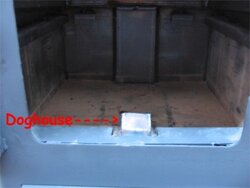When you adjust the air control on the bottom of the NC30 where does this air then flow into the stove? It seems like a very basic question, but I could not obviously tell by looking in the stove and could not find it anywhere in the manual.
Thank you
Thank you



